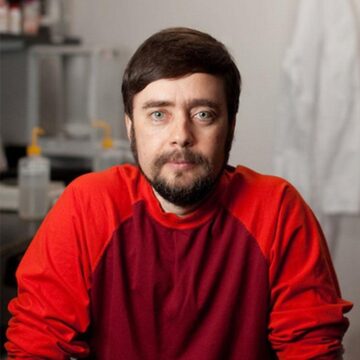From UChicago News:
 Michael Levin: Pretty much everything, birth defects, traumatic injury, aging, degenerative disease, cancer, all of these things boil down to the problem of a group of cells not knowing how or not being able to build the right thing. If we have the answer to this, how do you communicate an anatomical goals to a collection of cells? You could fix all of these things.
Michael Levin: Pretty much everything, birth defects, traumatic injury, aging, degenerative disease, cancer, all of these things boil down to the problem of a group of cells not knowing how or not being able to build the right thing. If we have the answer to this, how do you communicate an anatomical goals to a collection of cells? You could fix all of these things.
Paul Rand: We have this assumption that our cells are mindless, that they’re hardwired to only do a limited set of things, but Levin isn’t so sure.
Michael Levin: We sort of think that, “Okay, so there’s the chemistry, it’s sort of unfolds and well, what else could it possibly do? It’s just following the laws of chemistry?” That robustness, it actually lulls us into a very false sense of simplicity because, for example, if you take a human or many other kinds of embryos and you cut them in half, you don’t get two half bodies the way that you would get if you cut a car or a computer or something else in half, you get two perfectly normal monozygotic twins, and the way that happens is because that collection of cells can tell that half of it is missing and it can tell that it needs to rebuild what’s missing? That process right there is literally a kind of intelligence, and once you’ve understood that the body, much like the brain, is a collective intelligence and the morphogenesis is the behavior of that collective intelligence, you can start to ask all sorts of interesting questions. How can you train it? How do you know what it’s thinking? How do you communicate with it?
Paul Rand: Levin thinks he may have found the answers to those questions, bioelectricity.
More here.
